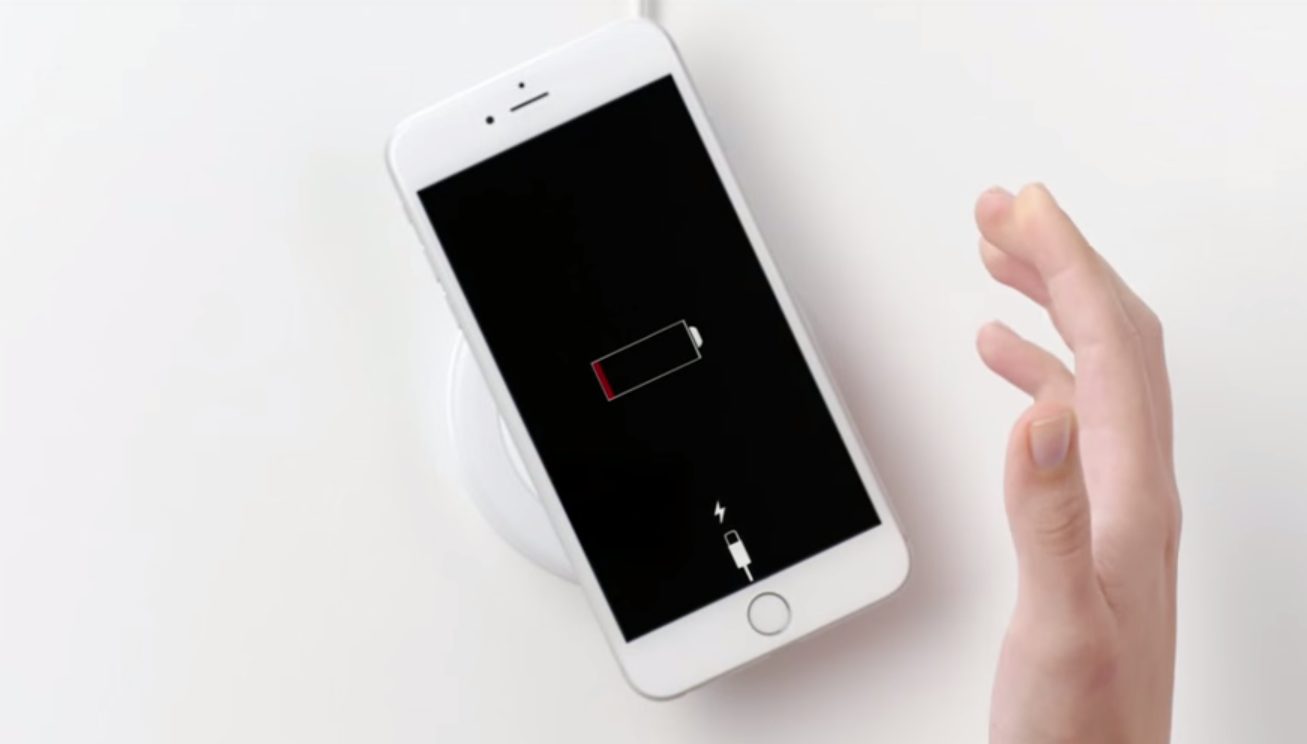Notable analysts KGI Securities has gone further on its predictions for the 2017 iPhone update cycle, predicting that three new iPhone models will see Apple return to record-breaking sales for the first time since the iPhone 6 and 6 Plus dramatically changed the iPhone’s design.
Thanks to “unprecedented demand,” KGI believes Apple will sell between 120-150 million iPhones in the second half of 2017.
Here’s what’s believed to be featured in the update, expected next September:
The first two will likely be iterative updates to the 4.7-inch and 5.5-inch iPhones, effectively an iPhone 7s update. However, the third iPhone is likely to be a complete redesign of the phone’s form-factor – currently dubbed the ‘iPhone 8,’ though it might take a name relevant to the iPhone tenth anniversary.
KGI predicts that the iterative updates will look similar to the iPhone 7, but the casing will shift to a glass from aluminum. It also expects regular CPU and GPU upgrades, and potentially new cameras. It’s an intriguing prediction – previously, it was assumed only the third new model would receive the glass body, providing it with wireless charging capabilities. The new information indicates all models will feature this new technology.
Elsewhere, the third iPhone will contain a premium OLED screen – previously believed to be restricted to the premium model because of supply chain restrictions. It’s also likely this model will have a screen size that sits somewhere in between the current two models and have curved edges. It may also integrate the home button into the screen. A recent report on a potential new iPad for early 2017 also suggests it will have a Home button built into the screen.
KGI clearly believes that integrating wireless charging into all new iPhone models will have a significant effect on sales. The iPhone 6 and 6 Plus, the last time Apple significantly overhauled the iPhone’s design, sold 110-120 million units in late 2014.

